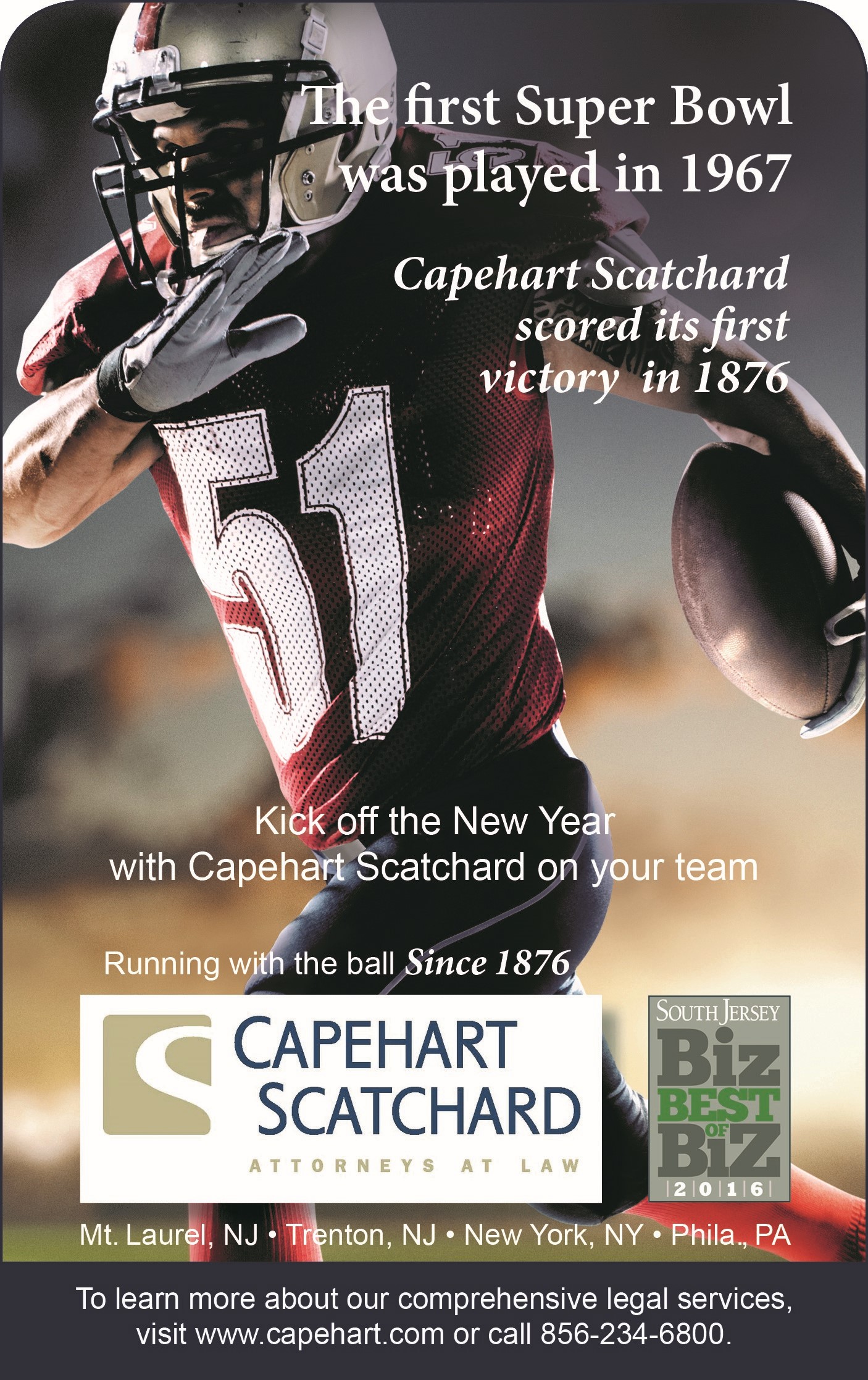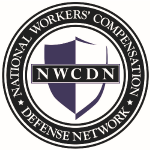Appellate Division Holds Employee Who Worked and Attended School Is Eligible for Temporary Disability Benefits After Unemployment Benefits Terminated
There are not many cases involving eligibility for temporary disability benefits while attending school. The case of Soto v. Hoosier Care, Inc., No. A-0507-22 (App. Div. December 11, 2023) discusses this issue directly.
The facts in the opinion are threadbare, and the reader will have many more questions than answers after reading this decision. The employee, Ms. Soto, was injured while working as a CNA for Hoosier when a picture frame fell from a wall onto her on April 21, 2018. She injured various parts of her body, including her neck and shoulder. The case settled for 25% permanent partial disability apportioned 15% cervical and 10% for the right shoulder.
Petitioner returned to work and began working for Complete Care as a CNA. She then worked for Interim Agency as a home health aide in the fall of 2019. In 2020, she started taking classes at Ocean County College 15-25 hours per week. In July 2021, Interim Agency closed. Petitioner got a job briefly with Lars Home Care and thereafter she applied for unemployment benefits. She received unemployment benefits from September 2021 until April 14, 2022. She continued as a full-time student at Ocean County College while she looked for a job.
In March 2022, petitioner filed a reopener petition in the New Jersey Division of Workers’ Compensation seeking further benefits from her 2018 accident. Petitioner saw Dr. Kris Radcliff on April 7, 2022. He reviewed her prior MRIs and ordered x-rays. He diagnosed a disc collapse and observed that the 2018 work injury materially contributed to this diagnosis. Dr. Radcliff felt that an anterior cervical fusion in the neck would be necessary. Petitioner testified that Dr. Radcliff took her out of work on April 7, 2022. However, this was not stated specifically in the text of the doctor’s report and the doctor never testified. The report itself said petitioner’s status was “out of work.” Respondent objected to petitioner’s testimony that the doctor told her not to work as hearsay, but the objection was overruled because Dr. Radcliff’s report had gone into evidence uncontested at trial.
Petitioner filed a motion for medical and temporary disability benefits on May 13, 2022. Respondent agreed to pay medical benefits but denied the claim for temporary disability benefits. The Judge of Compensation ordered temporary disability benefits commencing April 15, 2022, which was the day after unemployment benefits ended. The Judge of Compensation noted in an amplification of his prior decision that petitioner “became unemployed because her employer closed; sought employment while collecting unemployment benefits; attended college; and could not work because of injuries causally related to her 2018 work accident, as Dr. Radcliff found.”
On appeal, respondent argued that petitioner removed herself from the workforce by attending college and argued that petitioner failed to prove that she would have been working but for her work-related disability. The Appellate Division affirmed the decision of the Judge of Compensation. “We conclude Hoosier’s argument is without merit. It is undisputed that Soto maintained employment from 2019 until the summer of 2021. As the compensation judge found, Soto ‘worked two jobs after the accident with Hoosier.’ The judge specifically determined Soto became unemployed because her employer, Interim Agency, went out of business in July 2021. Thereafter, she collected unemployment benefits from September 2021 to April 2022, and certified weekly to searching for employment.”
The court also rejected respondent’s argument that petitioner’s college pursuits amounted to voluntary unemployment, stating, “… college attendance alone is not dispositive of her employment status. Soto testified that she started school in the fall of 2020, continued to work while in school, and continued to seek employment while in school.” The Court rejected the application of Tamecki v. Johns-Manville Products Corporation, 125 N.J. Super. 355 (App. Div. 1973) to the facts of this case. The court observed that Tamecki involved a college student who was injured during a temporary summer job and received temporary disability benefits only until he returned to school full time, at which point temporary disability benefits were properly terminated. “Here, the judge found Soto credibly testified that her college studies did not change her involuntary unemployment status and that she suffered loss of wages as a direct result of her compensable injury.”
The medical aspect of this case is murky because the surgeon never testified. All the court had was a medical report. Respondent focused on the deficiencies of the report of Dr. Radcliff. That report barely mentioned anything about inability to work other than stating that petitioner was “out of work.” Those are two different issues. Petitioner came to her own rescue in this case by testifying that Dr. Radcliff specifically told her that she could not work when he saw her on April 7, 2022. That was the single most important fact in this case because it pertained directly to the claim for temporary disability benefits. A doctor has to take an employee out of work for an employee to obtain temporary disability benefits. Without petitioner’s own statement that the doctor told her not to work, petitioner would likely have lost her claim. Hoosier’s employer objected that this statement from petitioner constituted hearsay. The Judge and the Appellate Division allowed petitioner’s statement mainly because both parties had agreed to enter into evidence the report of Dr. Radcliff. Additionally, the Court also noted that the Judge of Compensation found petitioner to be very credible in her testimony.
A review of this unreported opinion suggests that this was a trial apparently in which only one person testified: the petitioner. Since Dr. Radcliff did not testify, one will never know if he had been aware when he saw petitioner on April 7, 2022 that petitioner was already out of work on unemployment benefits or knew that she was also going to school 15-25 hours per week. There is also no discussion in the opinion about how many classes petitioner was taking when she saw Dr. Radcliff and whether these classes took place during working hours. It is also not explained in the opinion why the unemployment benefits ended on April 14, 2022. Further, there is no mention of whether surgery ever took place or if it did take place, when the surgery occurred. There are simply insufficient facts in this opinion for a full understanding. The record that the judges had to work with was very limited because apparently only one witness testified. The opinion mentions no testimony from any other witnesses. Employers will certainly question how an employee who was receiving unemployment benefits for seven months while taking classes would be entitled to receive temporary disability benefits when surgery was recommended for an injury that occurred four years earlier and when the record does not recite whether or when surgery took place or whether her classes continued during working hours after April 7, 2022.
The dearth of facts in this case makes it hard to understand the outcome in this particular case. Putting that observation aside, the legal principle articulated here is important for all practitioners, employers and adjusters to consider. This case limited the 1973 decision in Tamecki to its specific facts, namely that a young college student who was injured in a temporary summer job but returned to school full time was not entitled to temporary disability benefits during the college school year. The court said the Soto case presented completely different facts. It involved an employee who had a full-time working history while taking classes. The Court concluded that Tamecki does not prevent such an employee from obtaining temporary disability benefits when an employee is injured during the course of employment but also is taking classes.








Connect with Capehart Scatchard